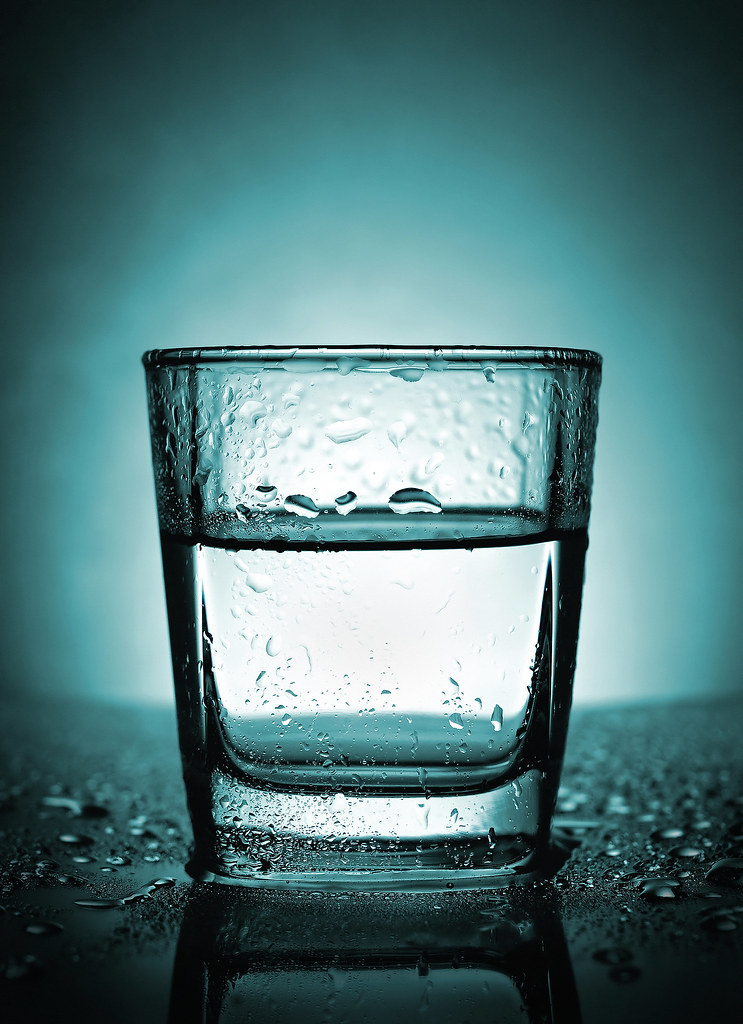Summary
– Principle and measurement of relative humidity
– Applications, risks, and problems related to the relative humidity rate
– Risks associated with excess or lack of relative humidity
It’s hard enough to describe the concept of relative humidity in a way that everyone can afford, yet it dramatically affects our comfort, health, and well-being at all times of our lives. The moisture in the air at home and the workplace is so essential that air humidification or dehumidification equipment has been developed to provide some air treatment necessary for indoor air quality. Principle and measurement of relative humidity
(Simplified) principle of relative humidity
It’s hard to make it simple without getting into physics, but let’s give it a try.
Moisture is the amount of water vapor suspended in the air.
Dry air is as transparent as a mountain landscape in winter, while humid air becomes more and more opaque as water droplets suspended in the air disturb it.
For example, when there is 100% humidity in the air, we speak of fog to define the air’s lack of transparency. Fog is the manifestation of water condensing in the air, like smoke over a hot dish that has been boiled.
The hot dish that emits smoke, like the ice cream that smokes when it comes out of the freezer, are phenomena that we also know, but they do not always occur because, precisely, this humidity is relative. It depends on the temperature of the ambient air and the atmospheric pressure (therefore also related to altitude).
To make it simple and applicable to our interiors of homes and workspaces, the percentage of relative humidity will vary depending on the presence or absence of heat (heating), but also on the quality of the outside or ambient air, which can be air polluted by breathing, domestic (cooking, combustion…) or industrial uses.
Measurement of relative humidity

The relative humidity is measured and quantified as a percentage. At 100% humidity, water suspended in the air condenses and appears in the form of droplets (fog, smoke, etc.). In contrast, the air becomes clearer at a lower humidity level (drier and drier). The relative humidity level corresponds more or less to the percentage chance of condensation of water suspended in the air at that temperature and pressure. The relative humidity rate corresponds more or less to the percentage of condensation of the water suspended in the air at this temperature and pressure, so it is sufficient to act on one of the three values: humidity, pressure, or temperature, for the relative humidity rate to vary.
In Indoor Air Quality (IAQ), heating, aeration, and ventilation, the rate of relative humidity deserves a measurement and control because these are living places where we breathe the ambient air and where we have the elements that we want to preserve (electronics, furniture, coatings, linen, clothing..).
Note: in meteorology and climatology, the relative humidity rate will make it possible to detect the quality of the air mass, its speed of movement, but also the risks of phenomena appearing. The calculation of hygrometry makes it possible to deduce the dew point’s temperature at which dew or ice is likely to occur. It will suffice that the air temperature reaches the dew point temperature (Td) at some point when one of these phenomena appears.
Applications, risks, and problems related to relative humidity levels
For human comfort, it appears that the ideal humidity level in an interior volume should be between 30% and 70% relative humidity.
However, since this rate can vary considerably depending on the environment’s activities and the air temperature, it must be measured regularly.
Good to know: Medical authorities recommend a humidity level of at least 40% in the hospital environment to limit the risk of respiratory complications. This means that the humidity level in the air must be monitored and controlled.
Ways to vary the humidity level
To measure the relative humidity in indoor air, a hygrometer is used, often coupled with a thermometer. Then, depending on the measurement to vary the humidity rate, one or the other lever will be operated:
– Temperature: by turning down the heating and letting the air cool down, you will reduce the feeling of coughing due to excess humidity in warm air.
– Hygrometry: either a dehumidifier or a humidifier should decrease or increase the water concentration in the indoor air.
Good to know: Air humidification and dehumidification devices are part of the air treatment system and are not substitutes for ventilation, whose role is to renew air volume.
Risks related to excess or lack of relative humidity
The risks associated with a relative humidity that is too low (air too dry) or too high (air too humid) are as follows:
– Air that is too dry (relative humidity < 30 to 40%): discomfort due to dry mucous membranes, eyes, and skin. Less protected by natural secretions, the body is more sensitive to viruses and bacteria, and therefore more vulnerable. For elements and furniture: shrinkage by drying of wood (furniture, ornaments, frames…), premature aging of coatings and paints, excessive polarization of devices using electronics.
– Too humid air (relative humidity > 60 to 70%): proliferation of molds, lichens, mites, and bacteria that threaten respiratory capacity and comfort. For elements and furniture: rot, oxidation, the greening of metals, linen, fabrics, and clothing, then accentuated aging of devices that are not perfectly tropicalized.
Attention: who says heating must necessarily think relative humidity, because electric heating has a desiccating action (drying), while heating by combustion (stove, fireplace, wood, oil, fuel, coal…) gives off water vapor (humidification). The same applies to air conditioning, which is why most air conditioners are equipped with a dehumidification function.


2 thoughts on “What Are the Risks Associated with Excess or Lack of Relative Humidity?”